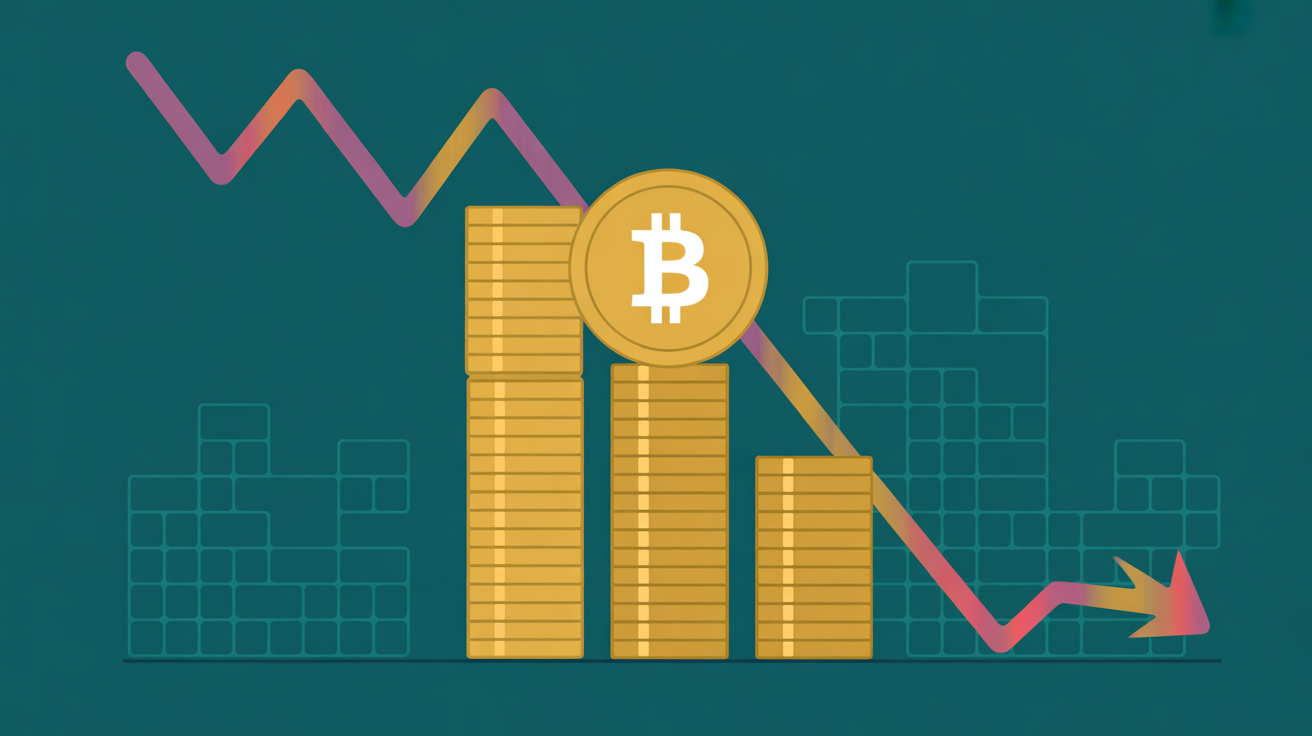
Nearly $1B in sUSDe Loop Positions Face Pressure After Bitcoin Crash, Sentora Warns
DeFi positions tied to Ethena’s staked USDe (sUSDe) may be on shaky ground following this month’s sharp crypto market correction, according to a new report from Sentora Research.
The firm estimates that close to $1 billion worth of looped positions—which rely on borrowing stablecoins to buy more sUSDe—are now at risk after the Oct. 10 market crash that saw steep declines in bitcoin (BTC) and other digital assets.
The Mechanics of the Loop
The sUSDe “loop trade” has become a popular yield-enhancing strategy in decentralized finance. Traders deposit sUSDe as collateral on lending platforms such as Aave and Pendle to borrow stablecoins like Tether (USDT) and USD Coin (USDC).
They then use those borrowed assets to purchase additional sUSDe, which is re-deposited as collateral to repeat the cycle—effectively amplifying exposure to the positive yield differential between sUSDe staking rewards and stablecoin borrowing costs.
The Shift to Negative Carry
That yield advantage has now disappeared. Sentora noted that since the October crash, funding and borrowing rates in DeFi markets have fallen sharply, while the cost of leverage has risen.
“Following the flash crash on October 10, funding rates on DeFi markets dropped significantly, cutting yields for basis-trade strategies,” Sentora told CoinDesk. “On Aave v3 Core, USDT and USDC borrow rates now sit roughly 2.0% and 1.5% above the sUSDe yield, turning the carry negative for users borrowing stables to lever sUSDe.”
As a result, leveraged positions that depend on positive yield spreads are now losing money, potentially forcing an unwind of as much as $1 billion in exposure currently on Aave v3 Core.
Risk of a Deleveraging Cascade
If negative carry persists, traders may be forced to unwind looped positions—either through collateral sales or forced liquidations. Sentora cautioned that such unwinds could drain liquidity from lending pools, creating feedback pressure on borrowing markets and raising the risk of a cascading deleveraging event across DeFi venues.
Key Levels to Watch
According to the report, traders should monitor the spread between Aave’s stablecoin borrow APYs and the sUSDe yield, especially when it remains below zero. Rising utilization rates in USDT and USDC pools could lift borrowing costs further, intensifying liquidation pressure.
“Many looped positions are now within 5% of forced closure,” Sentora wrote. “If utilization spikes again, it could accelerate deleveraging across the ecosystem.”






